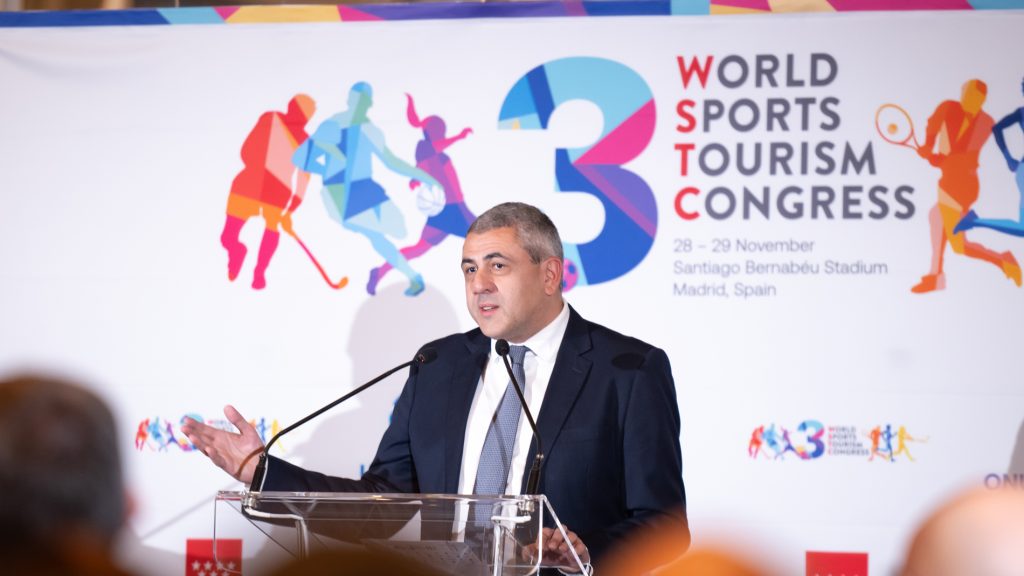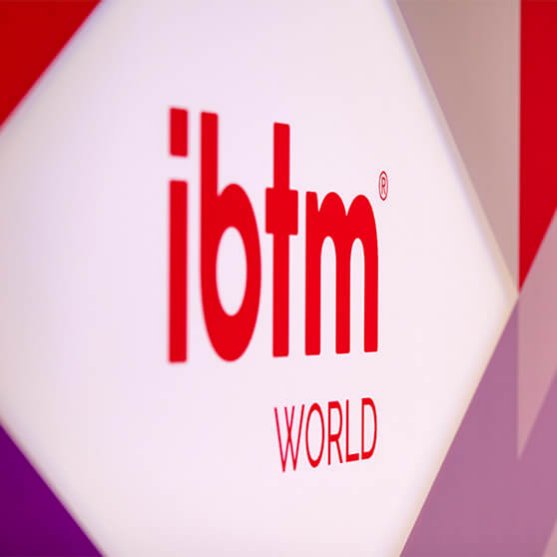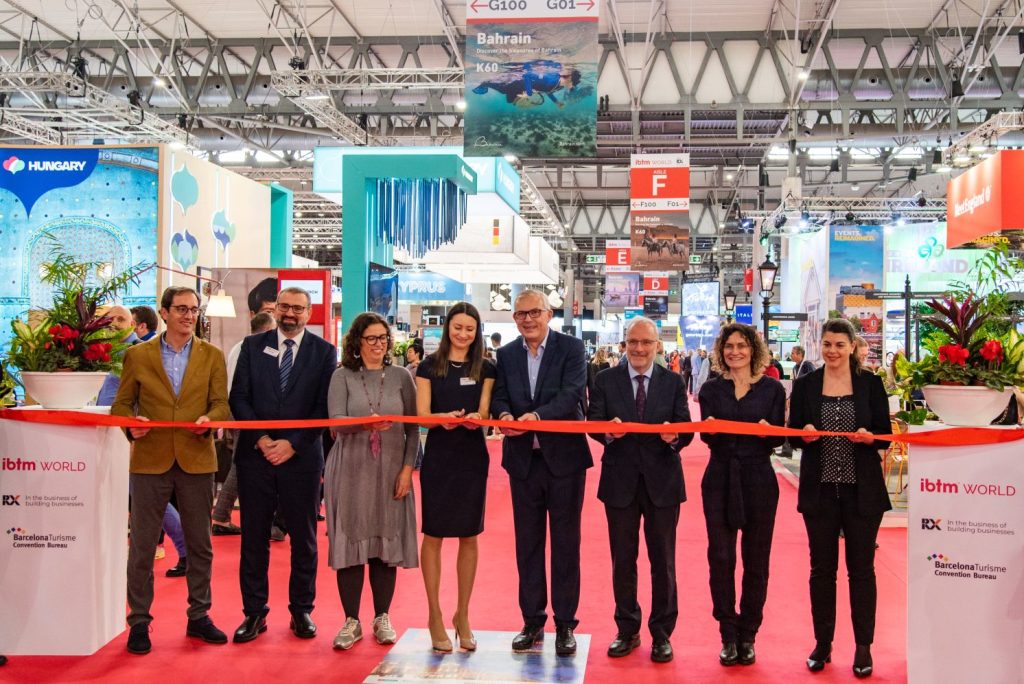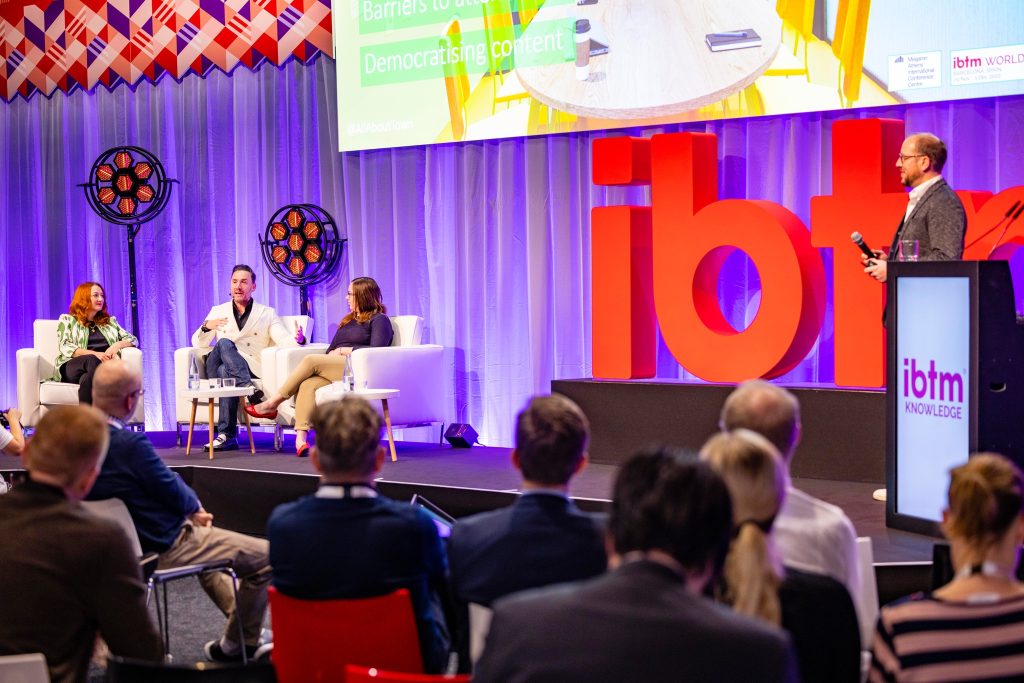How should an incentive trip look like to be a success?

Share news
Listen
Equal opportunities and fluid communication
Respondents believe it is critical for companies to ensure that the qualification criteria used to award incentive travel are properly tailored to each employee or supplier. The biggest obstacles, they feel, are rating systems that do not take into account departmental or regional differences; as well as those that do not align with expectations in terms of retention versus customer acquisition.
The fact that these incentive trips only target a limited number of individuals is what displeases respondents the most, especially when an employee’s results are particularly positive and are not rewarded because the trip has already reached the maximum quota of attendees. To improve this, respondents suggested reworking or revising the option of adding different qualification levels to better align the criteria with overall company objectives and offer more choice to employees.
62% of survey participants said they were comfortable with the number of messages they received regarding the communication of the incentive trips they were part of. However, 32% of them indicated that they were open to receiving more information. Although most of these notifications are received via e-mail, respondents were in favor of being informed about these trips through less commonly used means, such as calls, social media or text messages.
Travel as a motivational tool
As Rebecca Wright has already stated in previous conversations with us, 86% of respondents indicated that they felt motivated to qualify for these incentive programs. The power and attractiveness of the destinations is the factor with the highest motivational power of these trips at the global level. However, there are differences in its impact at the regional level: the motivational power of incentive travel among respondents from Africa and the Middle East and North America (both regions gave it an average score of 4.26 out of 5) is higher compared to respondents from regions such as Europe (where it scored an overall 3.86 out of 5).
The report also shows that people who manage to take part in incentive trips are competitive by nature. What’s more, it is precisely the challenge of participating in this type of activity that fosters competitiveness and encourages respondents to seek to excel in the performance of their work.
International and beach destinations, the most in demand
In terms of their preferences for organizing the ideal incentive trip, participants expressed higher levels of interest in international destinations (4.13 out of 5) and in those where sun and beach tourism predominates (4.01 out of 5). Similarly, participants indicated that they particularly enjoy trips where they have free time, time to be with their partner or to share with other guests. Giving them some autonomy and freedom is one of the points they most appreciate. In terms of points to change, respondents expressed their dislike of having to pay travel-related taxes or incur additional expenses.












